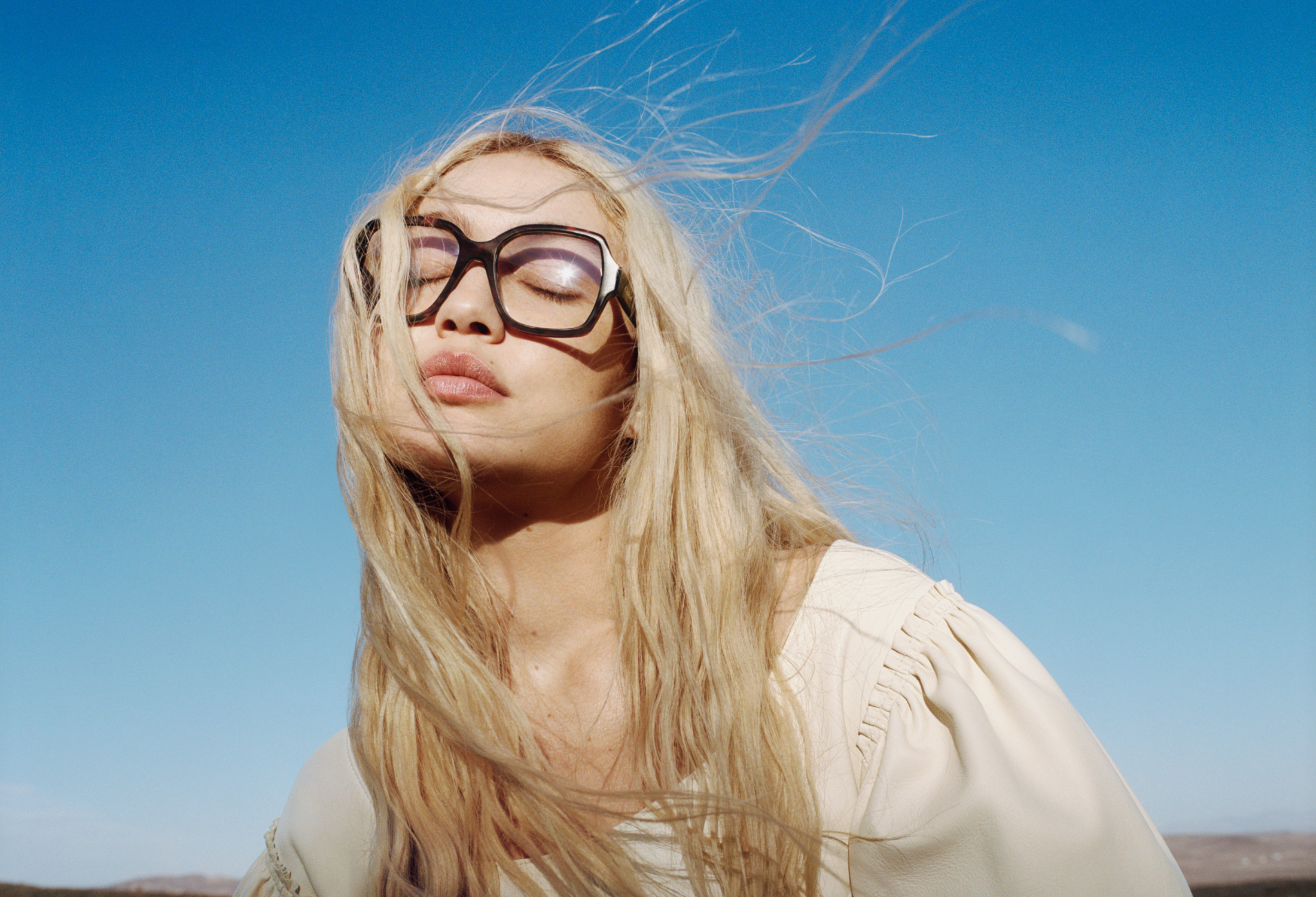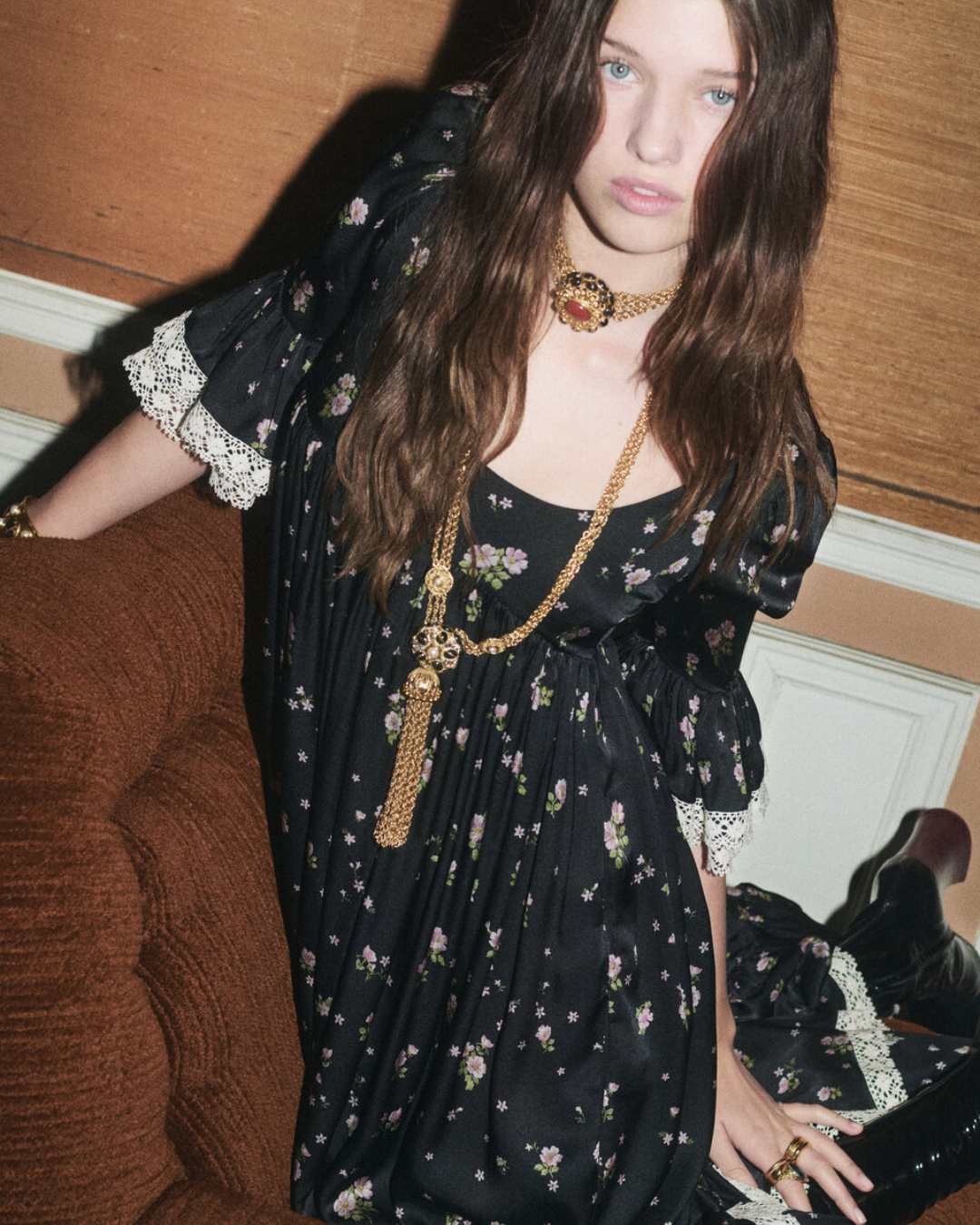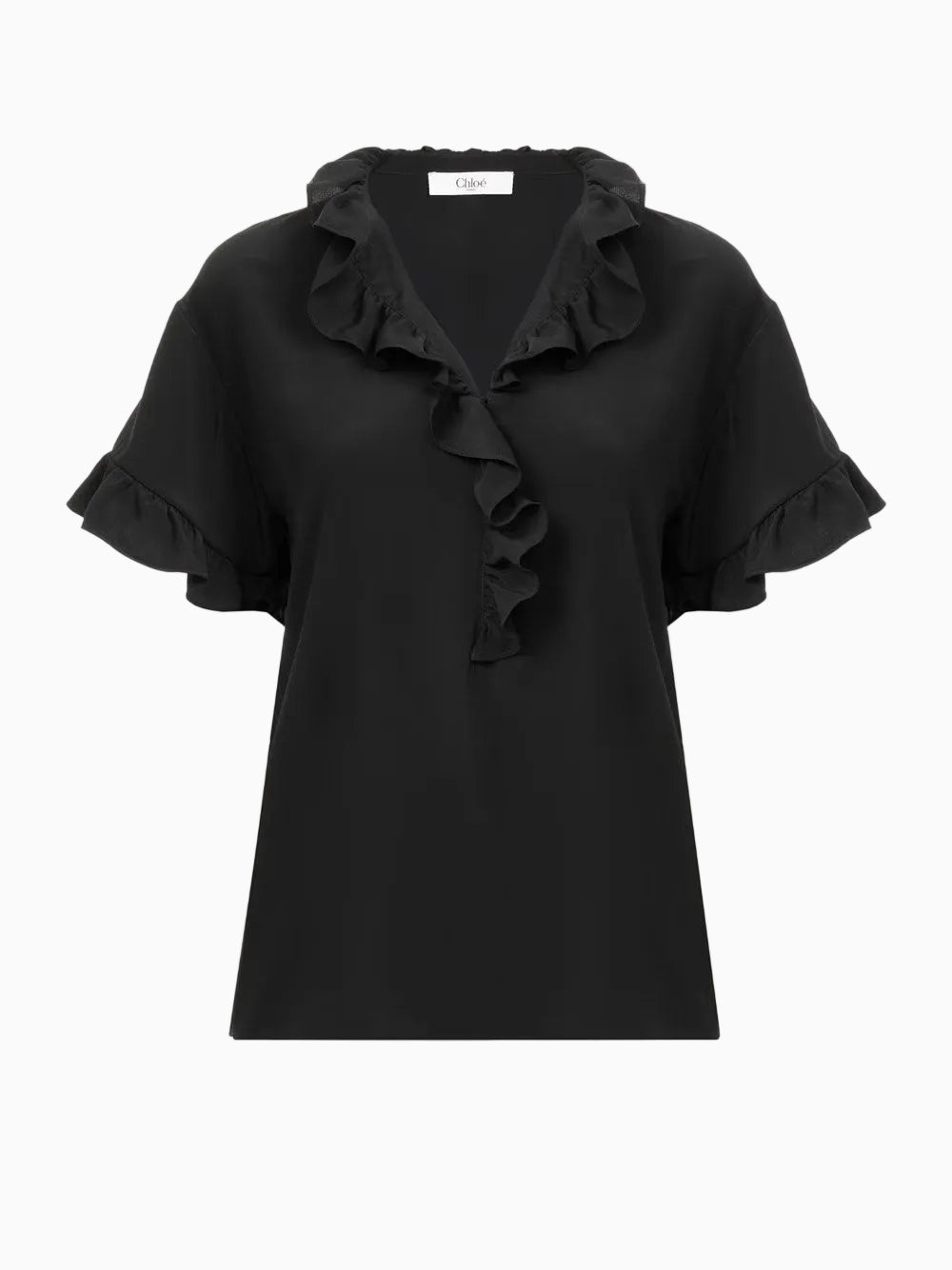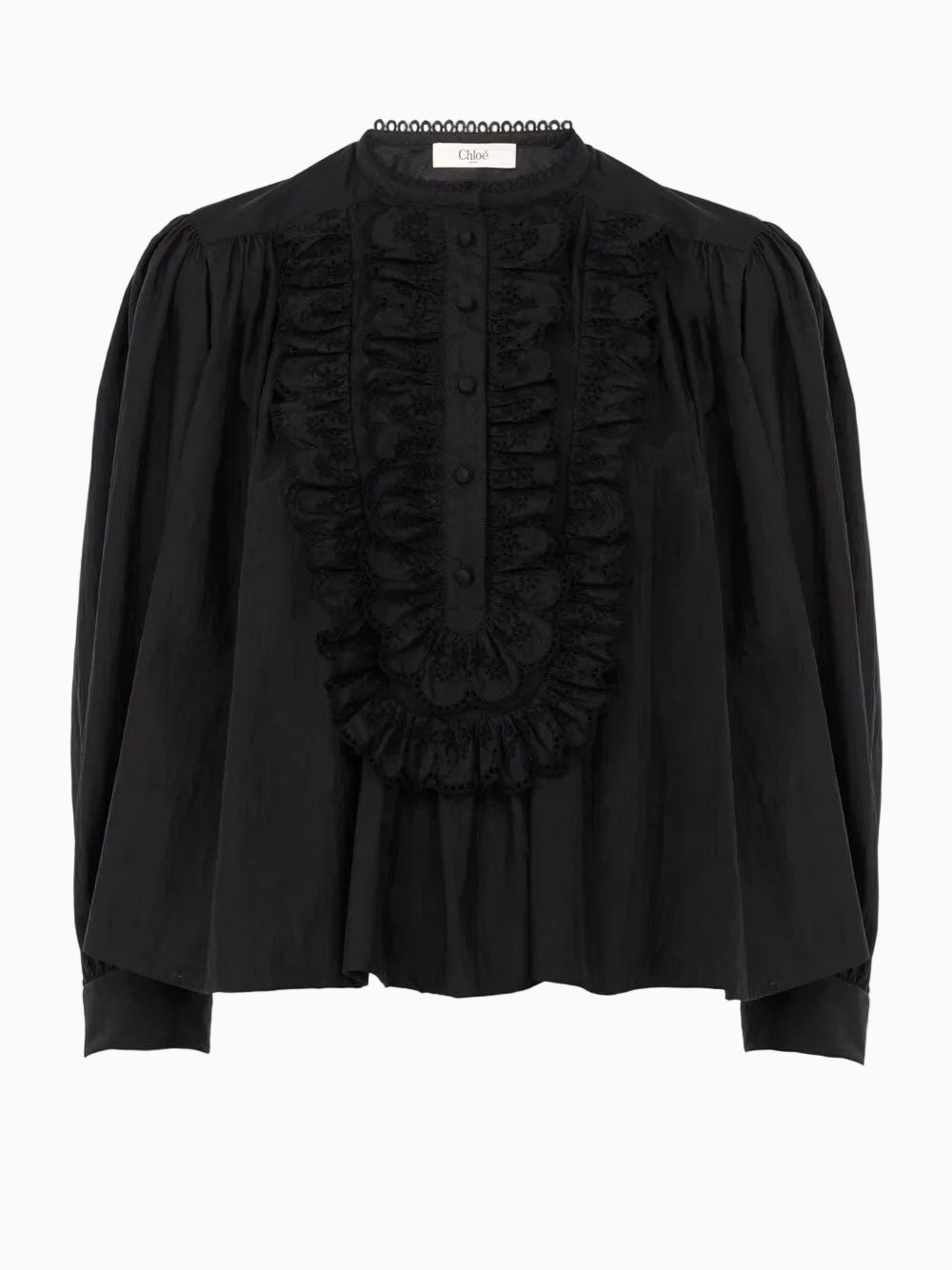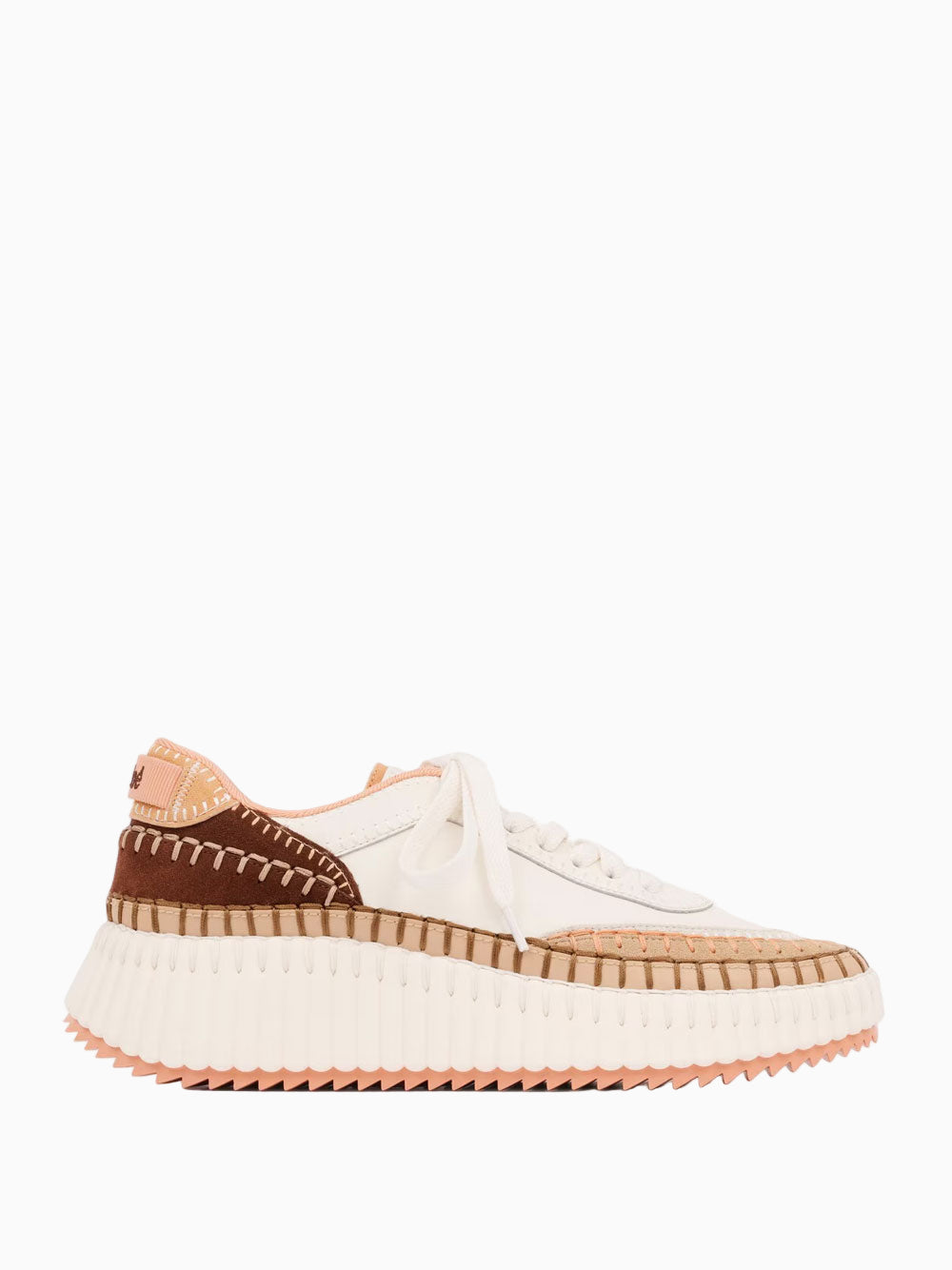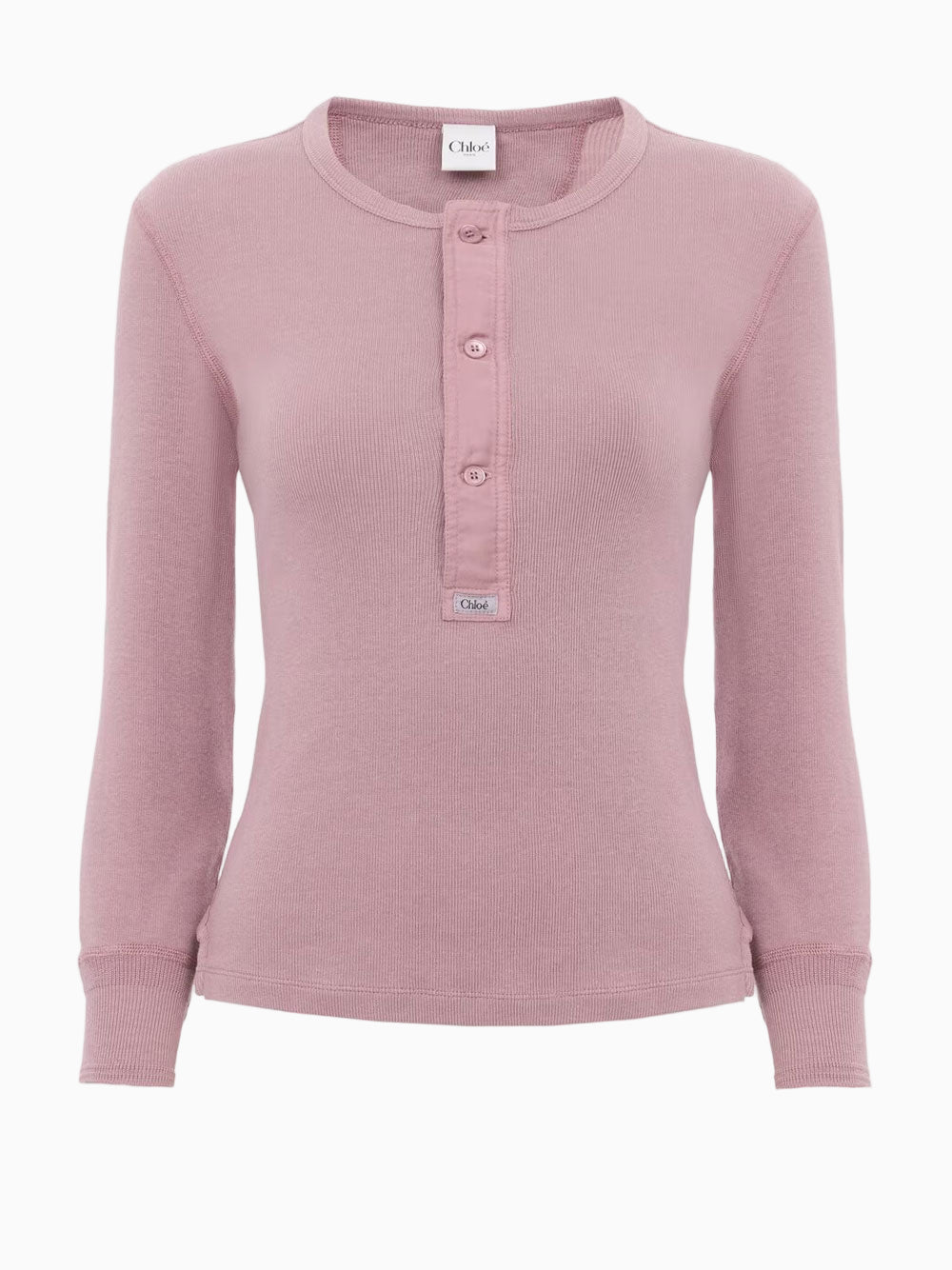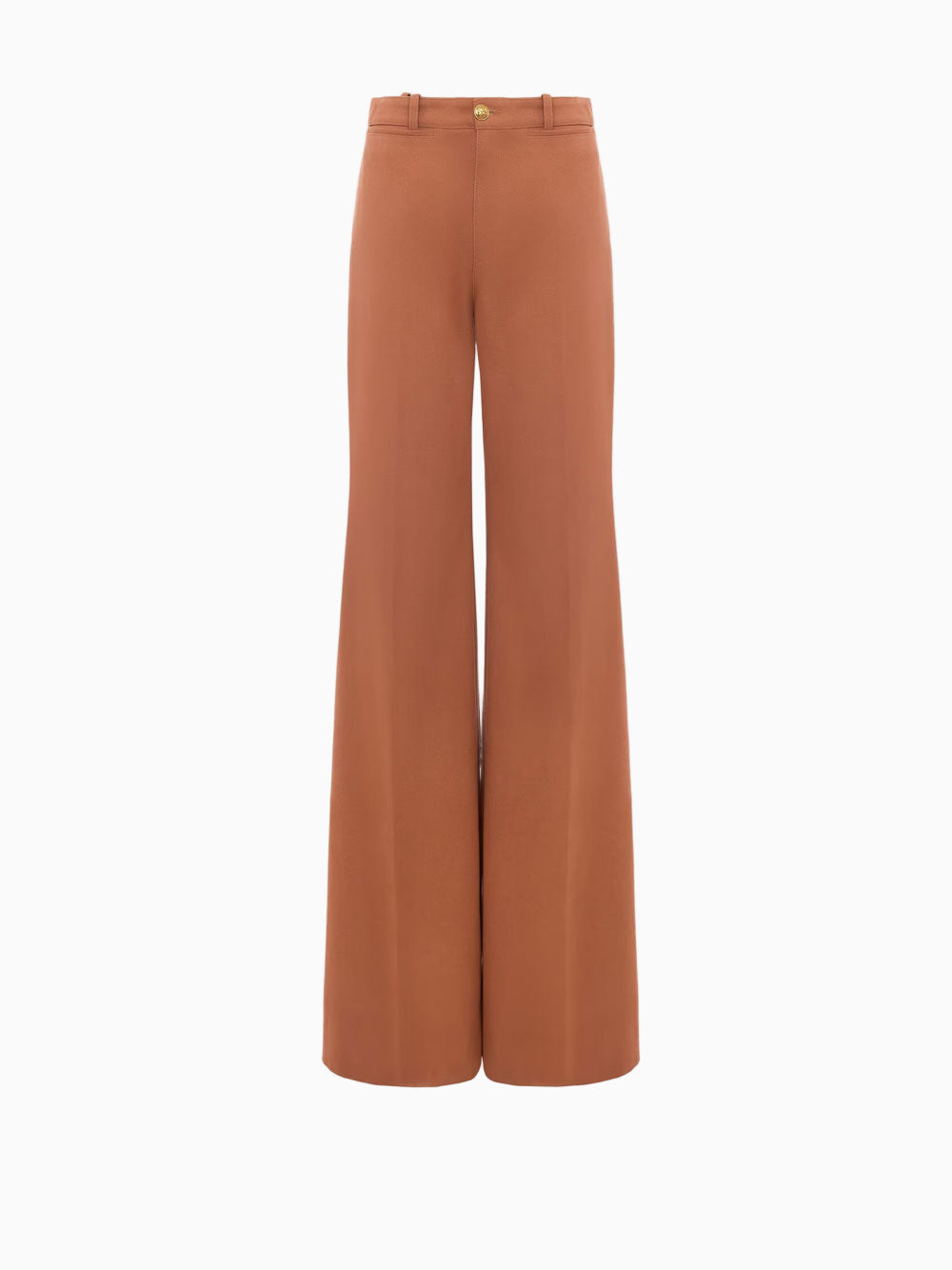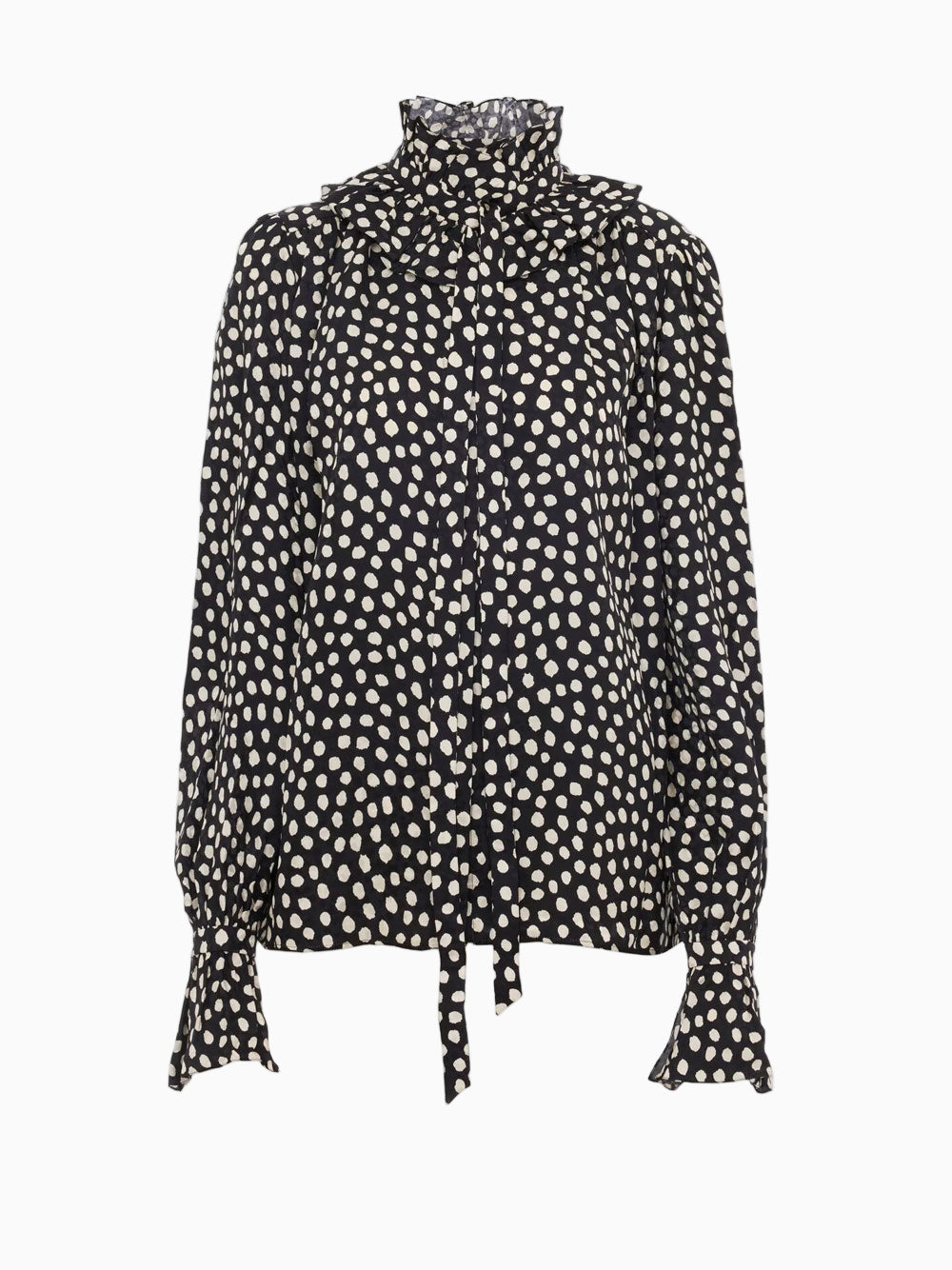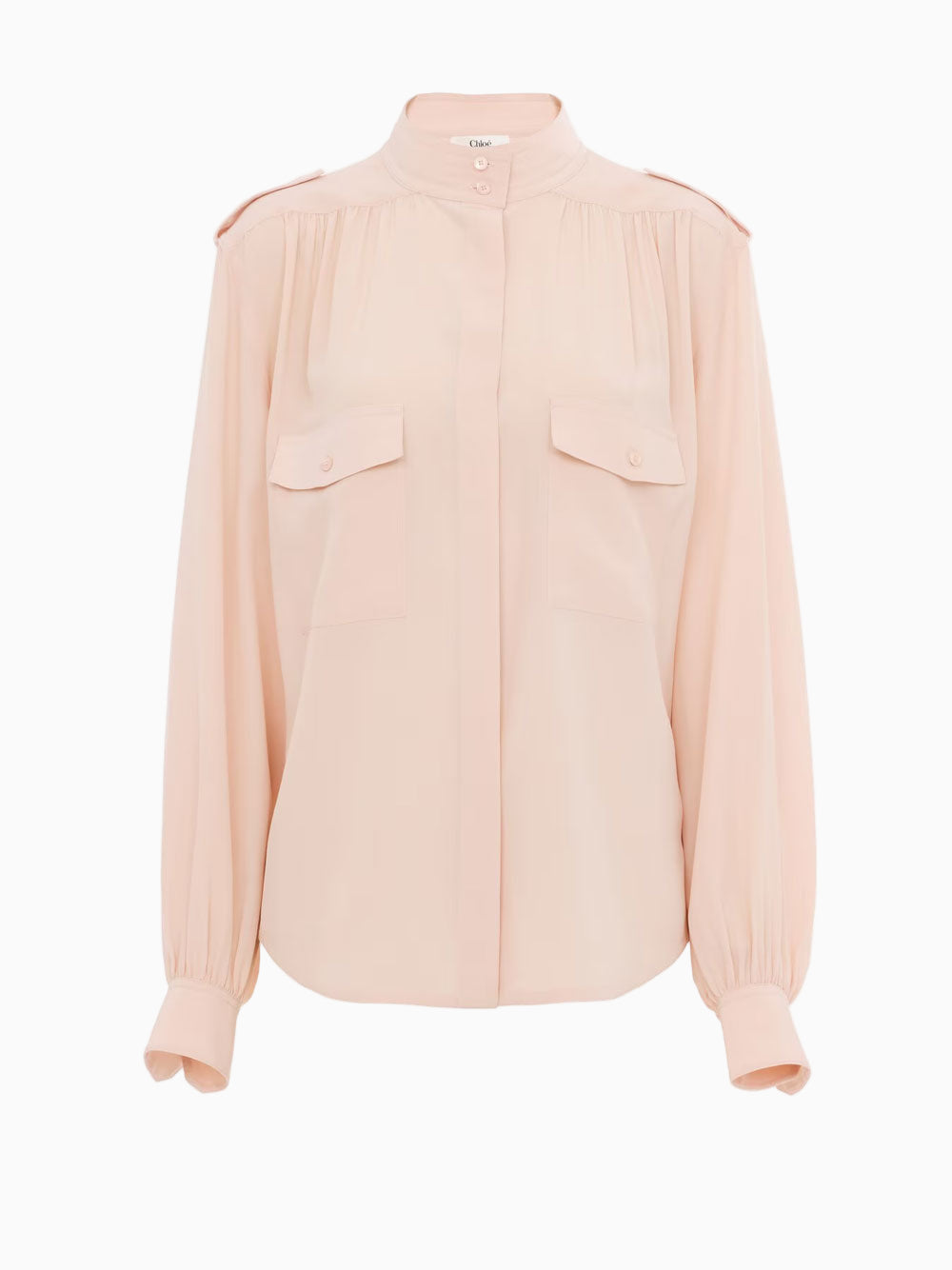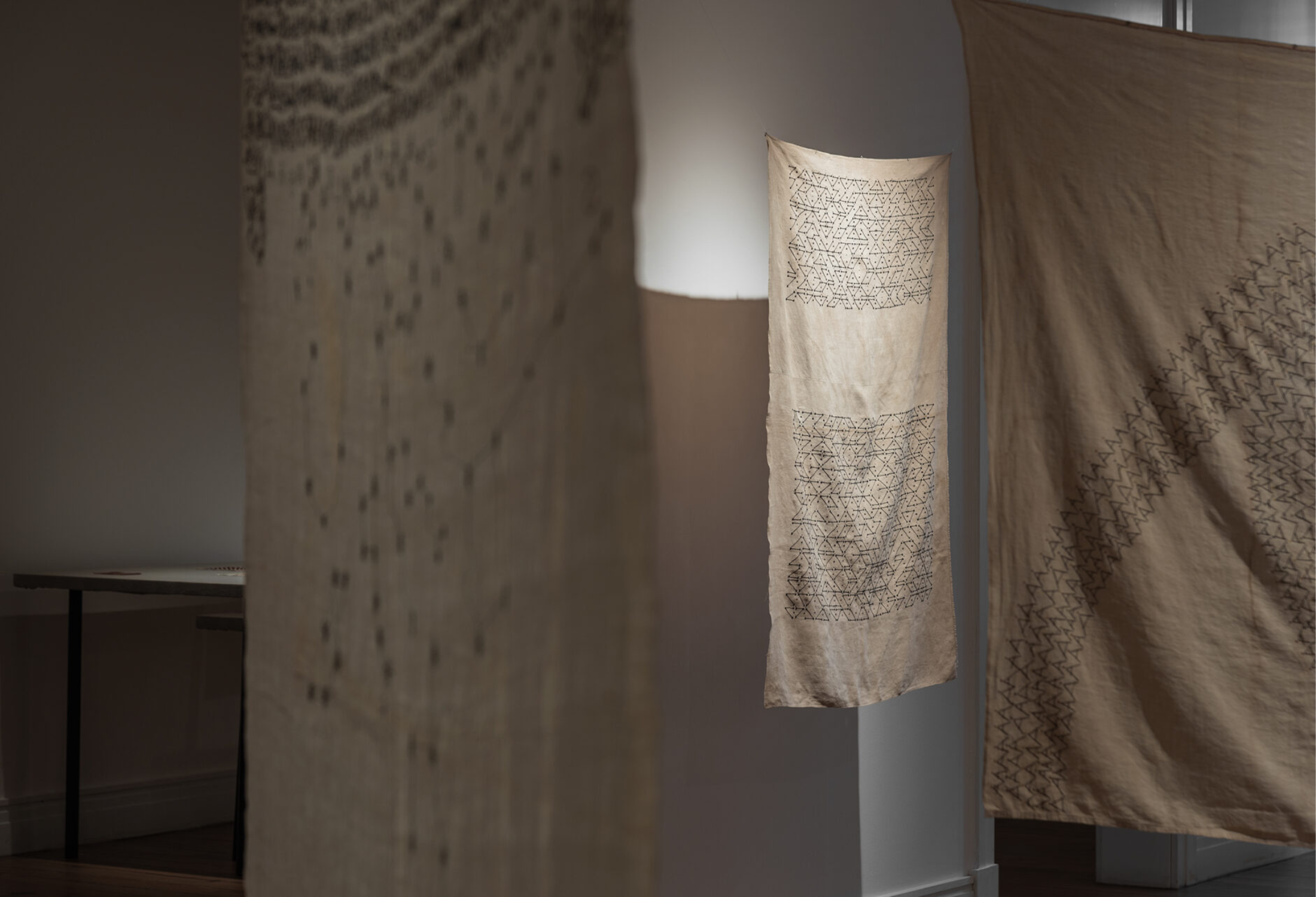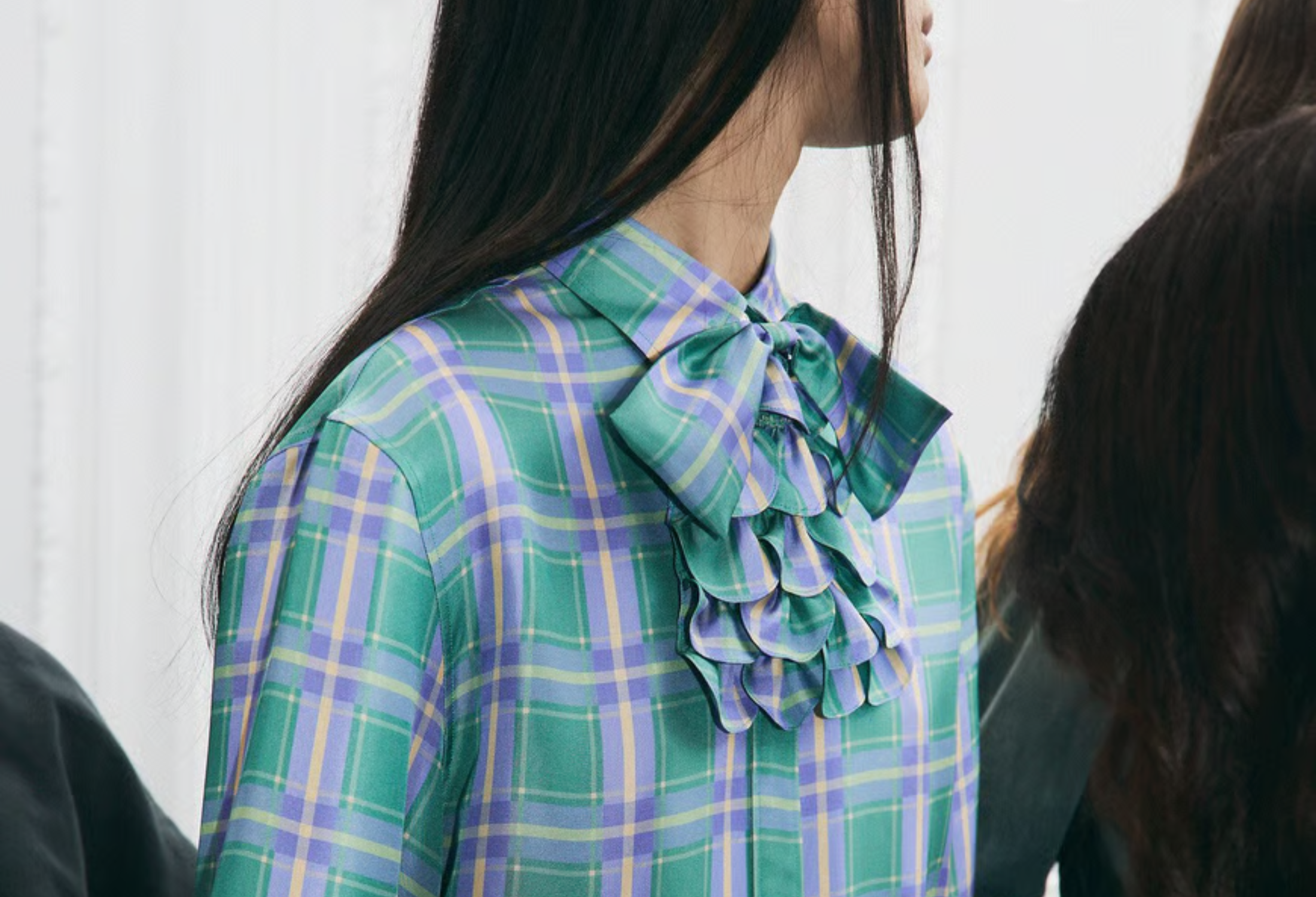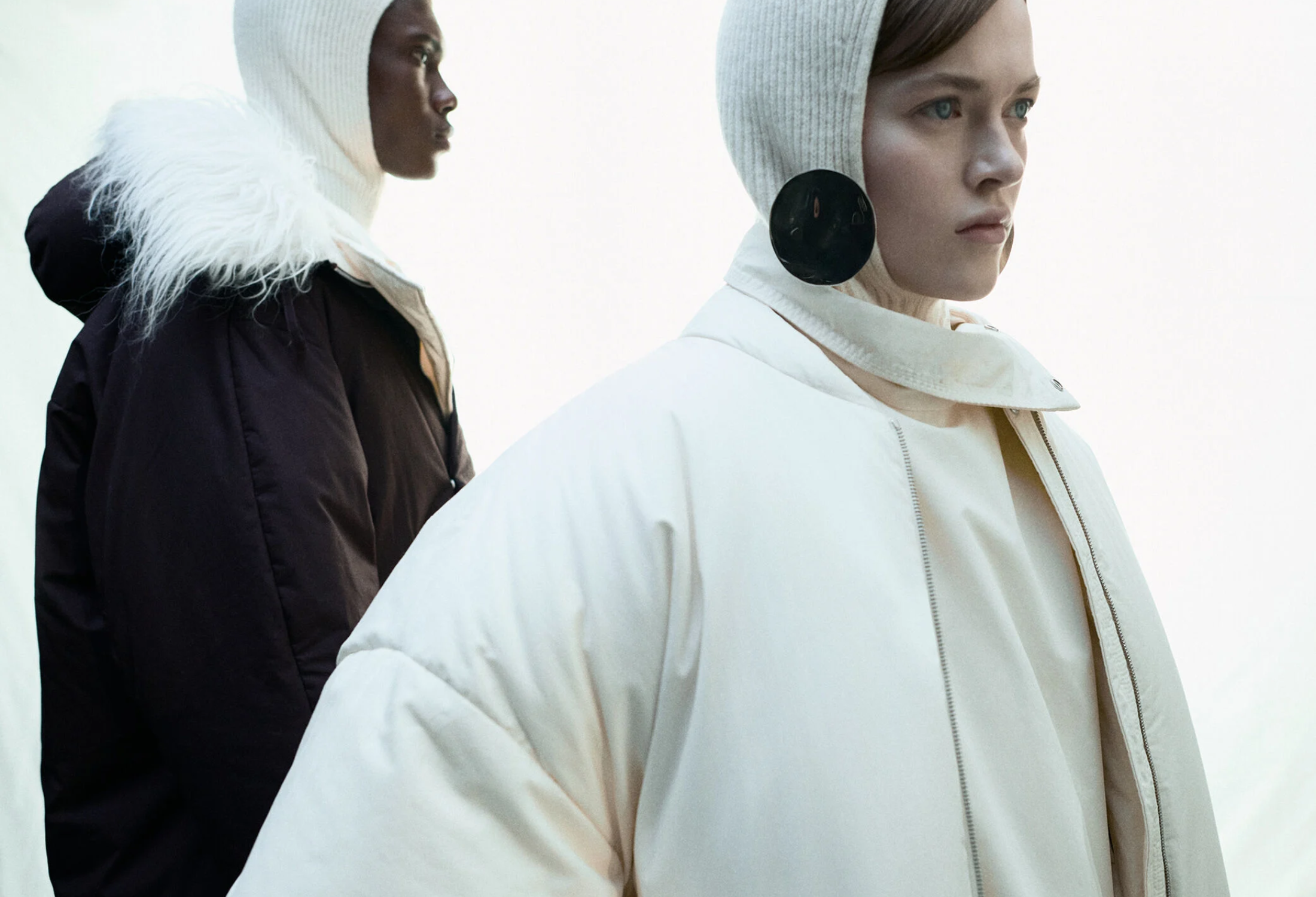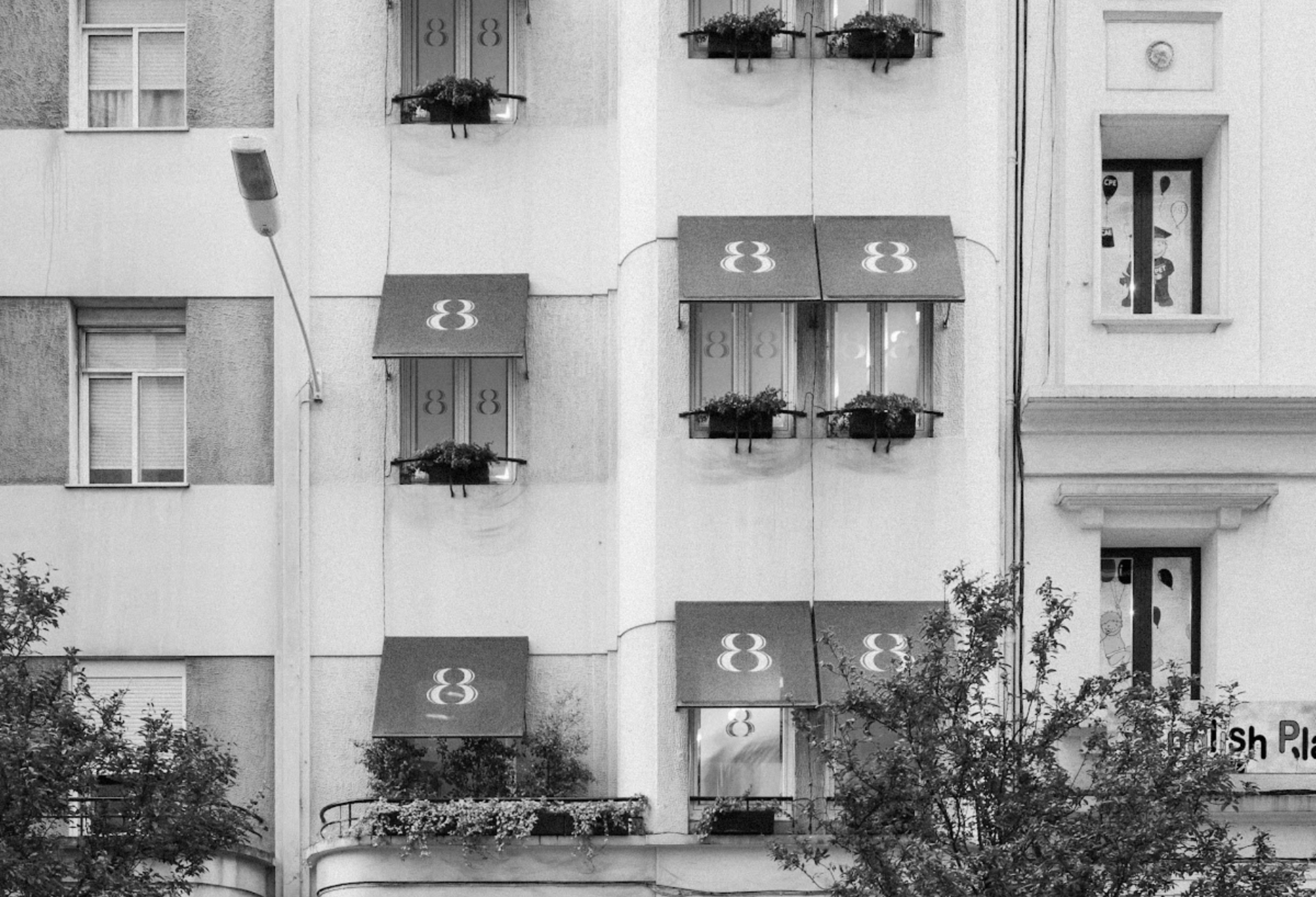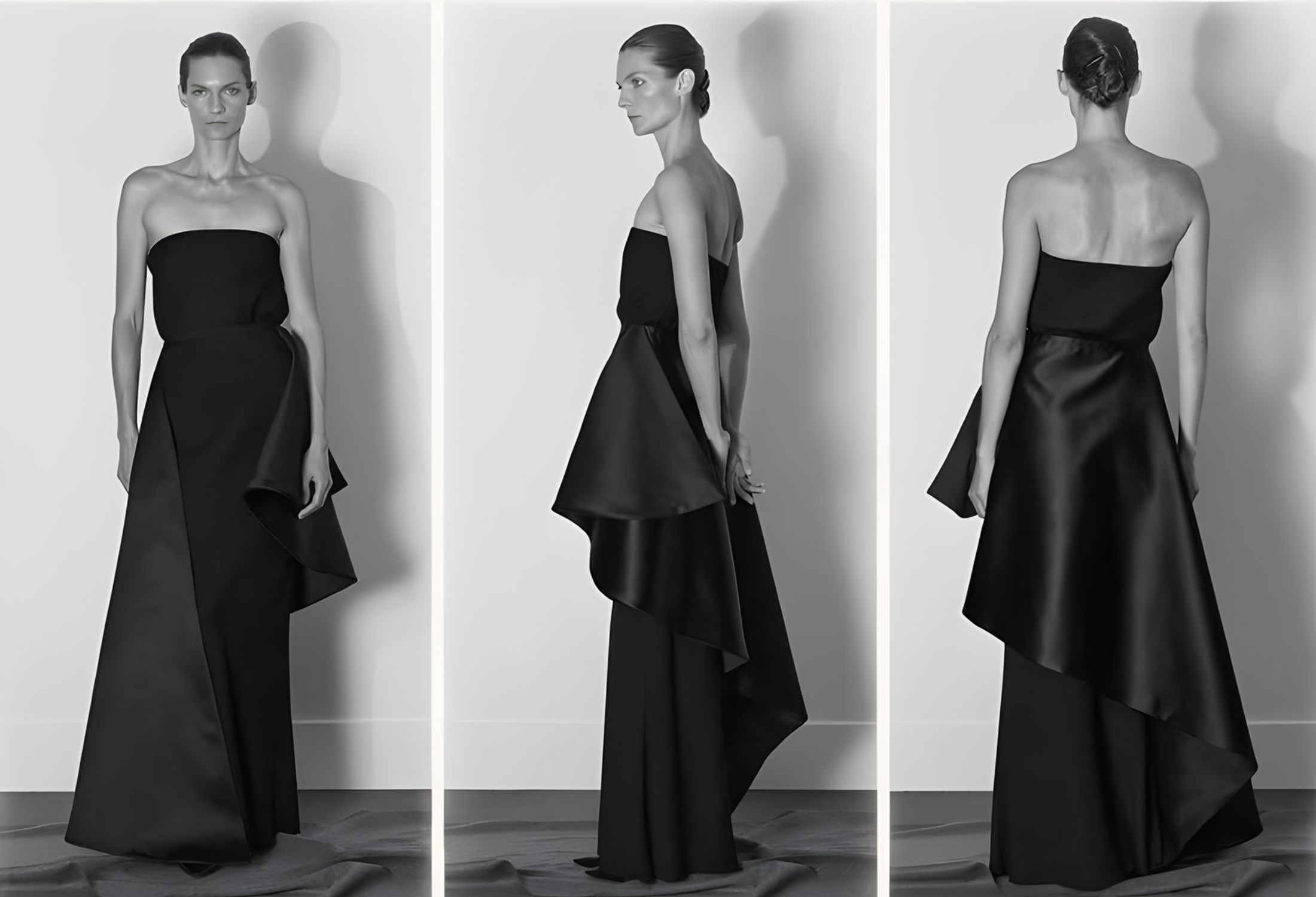In 1966, Karl Lagerfeld joined Chloé as the creative director, bringing his distinctive vision to the brand. During his tenure at Chloé, Lagerfeld incorporated modern and avant-garde elements into his designs without straying from the brand's core romanticism. His crucial role was to solidify the brand's identity and expand its recognition internationally, as he was already a highly followed creative in the industry.
Over the years, Chloé has had a succession of creative directors who slightly shifted the course of its journey. After Lagerfeld, renowned designers such as Martine Sitbon, Stella McCartney, and Phoebe Philo took the helm. Each one faced the challenge of maintaining Chloé's feminine and bohemian essence while adding their personal touch to the collections. Under Phoebe Philo's direction in the 2000s, Chloé experienced a global renaissance. Her minimalism and sophistication captivated a new generation of fashion-loving young clients, and pieces like the "Paddington" bag became iconic "it-bags" of the time. In 2011, Clare Waight Keller became the first British creative director of Chloé. Under her leadership, the brand continued to grow with an elegant aesthetic with contemporary touches.
In 2017, Natacha Ramsay-Levi took on the role of creative director at Chloé, bringing with her an artistic vision that celebrated the brand's heritage. Her emphasis on the brand's femininity and collaborations with various artists guided the new chapter of Chloé clothing. Her collections blended femininity with tailoring and bohemian influences.
The addition of Gabriela Hearst to the brand in 2020 marked the biggest revolution for Chloé to date. This was not only in terms of aesthetics but also in restructuring the brand's production processes, making it the first luxury brand with B-Corp certification (a highly challenging sustainability seal to achieve). Her departure in 2023 caught us off guard, considering the significant revolution brought about by the Uruguayan creator at all levels. Her initiatives like the Chloé Circular Denim Project and collaborations with the United Nations redefined Chloé's position as more than just a clothing brand.
Over the decades, Chloé has evolved while remaining at the forefront of luxury fashion. With iconic perfume launches and historic campaigns featuring renowned fashion photographers, the brand has always upheld its distinctive free-spirited essence. Its romantic femininity, relaxed elegance, and artistic creativity have kept it at the pinnacle of fashion. The Chloé fashion house has maintained its pioneering brand spirit since the '50s, becoming a symbol of contemporary style.
